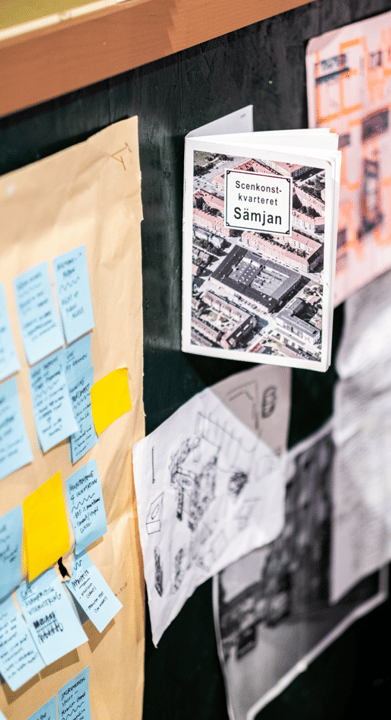CENTRUM FÖR STUDIER AV MARKANVÄNDNING (CSAM)
↓
Centrum för studier av markanvändning (CSAM) is an independent think tank, curating practice and gallery space located in Malmö, Sweden.
CSAM’s work is focused on the intersection of art, public policy and architecture. The aim is to challenge current modes of urban development and the narratives that support them through community engagement and utilizing art as an investigative tool. By engaging local artists and artisans to problematize the unjust allocation of urban resources CSAM work to visualize the implications of big geopolitical shifts on the local conditions in a local context.
CSAM in its current form was founded by long time partners Victoria Percovich Gutierrez, economist, Åsa Bjerndell, architect and Karl Landin, urban planner in 2019. Our practice has developed through a combination of working as architects/community organizers and curating talks, exhibitions and artistic interventions.
CSAM's work has been shortlisted for the Swedish Architecture Foundation’s Critics’ Award 2022 ad is featured in the permanent collections of ArkDes (National museum of Architecture and Design, Sweden) and Malmö Art Museum.
Värdelösa värdens maximala avkastning (Performance, lecture, Form/Design Center, September 2023)
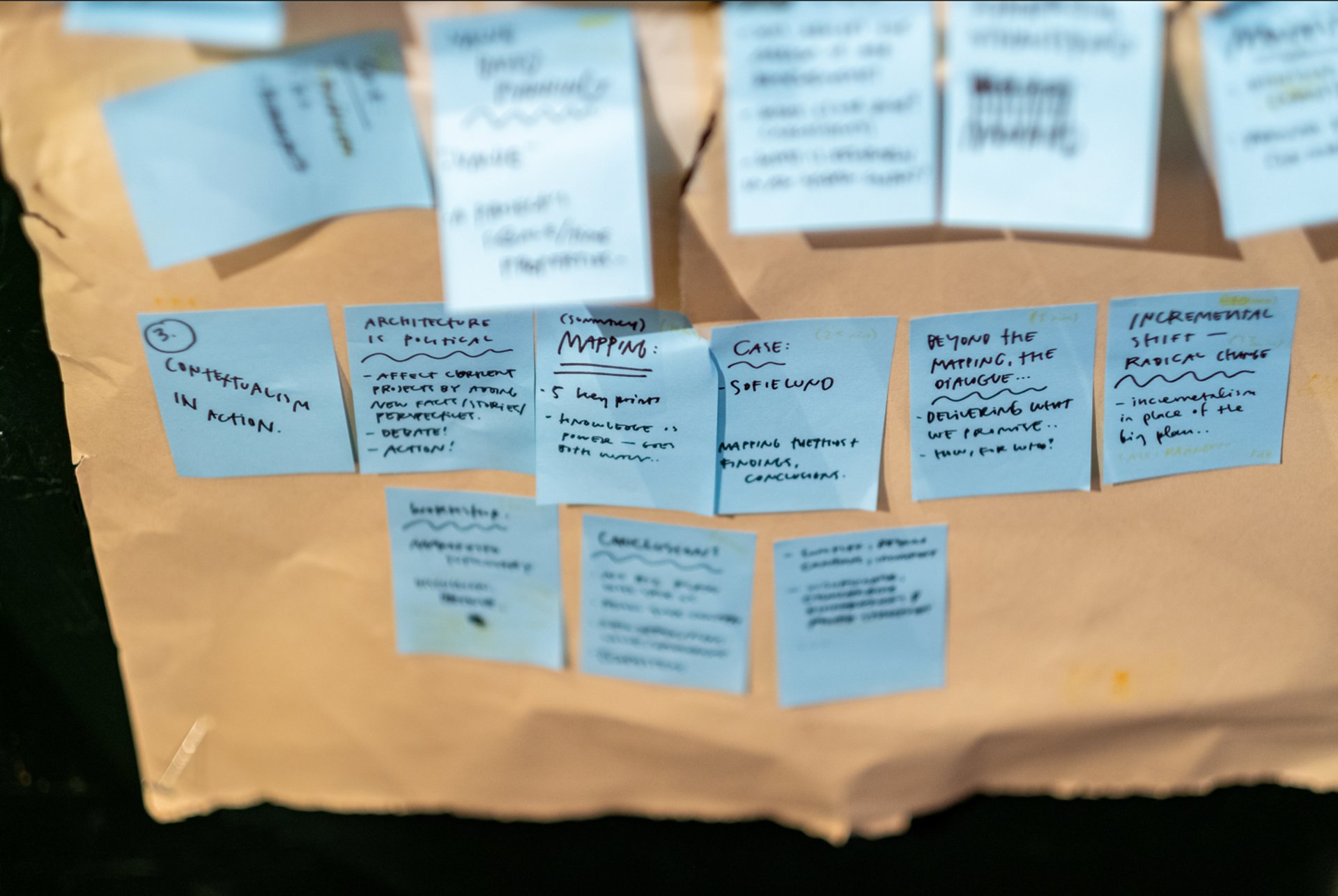
PROJECTS
(2019-2023)
↓
NOISY NEIGHBOURS
How might formal models of city planning become more attuned to the value of what is already there? Can noise be used as a planning tool to safeguard places of production, culture and commons in the future city? Can new interpretations of existing legislation help us prevent neighbourhoods from becoming assets in the financial market and instead develop important spaces and networks?
NOISY NEIGHBOURS is a review of a five-year process that has gone beyond established urban development models on a neighbourhood level. It presents new narratives that outline what Sofielund is and can be through neighbourhood mapping, formal planning processes, and artistic practices.
The starting point is Sofielund – an overlooked run-down industrial area that turned into a cultural, social and manufacturing hotspot in Malmö, Sweden. Here, an atlas mapping existing conditions and a new formal plan for Sofielund points out a new direction in taking responsibility for the neighbourhood and city as a whole. The strategic document calls for a slower pace of development in tune with the urban and cultural ecosystems that are already there.
NOISY NEIGHBOURS calls for the preservation of noisy places of production and important meeting spaces for communities. It also introduces a new strategic tool: the “cultural-industrial sound zone” or “kulturljudzon”.
The story of collaborations and exchanges between CSAM, local artists, White Arkitekter and the City of Malmö represented in NOISY NEIGHBOURS gives clues to more open and explorative planning practices that can challenge the politics of land use and real estate speculation.
Oslo Architecture Triennale
Koozarch
White Arkitekter
Wallpaper
Form/Design Center
OSLO ARCHITECTURE TRIENNALE, SEP-NOV 2022 (GROUP EXHIBITION)
FORM/DESIGN CENTER, MALMÖ, SEP 2023-JAN 2024 (SOLO)
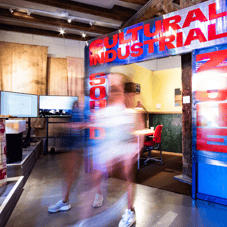

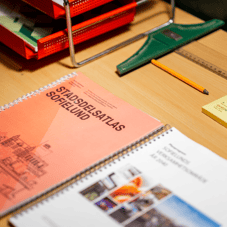




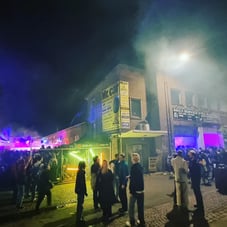


BLANDSTADENS TAKTIK
Blandstadens taktik (Mixed City Tactics) was a group exhibition from seven local artists, with new works based on the ongoing development of Sofielund’s industrial area.
The works presented were produced in an exploratory process where CSAM and the artists have gathered several times over the past year to discuss the concept of the mixed city and the role and space of culture in the development of the city.
During the process, many questions have been asked and explored: Can including artistic readings of the city create new perspectives on planning? Can they form new ways of talking about, experiencing and describing a place that is in a formative stage of the development process? Who is allowed to interpret what the city is and can be? Who gets to highlight or withhold information when the story of the future city is written? How does the language and drawings of urban planning documents work to exclude those not in the know?
The passage of time is both a challenge and an asset as the city changes. What can we discover, capture and learn if we give ourselves more time to understand a place and its life? Who is it that needs to stop and immerse themselves? How can an in-depth study be given the opportunity to form the development? Above all: how can we take time to understand what is there and what could come in the future?
A “cultural sound zone” has been established at Sofielund. That it is specifically the sound of culture highlighted in the current planning is symptomatic of our time. The new sound zone means that manufacturing, repairs, bread baking and more can carry on and be developed, yet culture takes center stage.
Sometimes it can feel unclear who the players are behind the process. Who are the authors and recipients of planning and development? Who are the planners? Who is it planned for? What role does art play in the development of the city? How should we as “value creators” relate to the elevated role of art and culture? How do our actions affect others’ opportunities to participate and be seen?
These discussions have resulted in seven original works inspired by the questions of language, time, power and authorship. Seven new layers of interpretation of Sofielund. Together, they offer the spectator a deep dive into the city's sounds, materials and tactile expressions. They recount the architectural history of the neighborhood and articulate invisible urban boundaries.
The exhibition does not capture all of what Sofielund is and can become. It represents seven individual views and could be augmented ad infinitum. The more people involved in how and on what terms our city changes, the better.
CSAM works at the intersection of art, policy development and architecture. Our aim is to explore contemporary urban development mechanisms and the stories that support them by working with local artists and civil society in processes rooted in Malmö.
Sydsvenskan
GROUP EXHIBITION, NORRA GRÄNGESBERGSGATAN 26, MALMÖ
SEPTEMBER-OCTOBER 2022

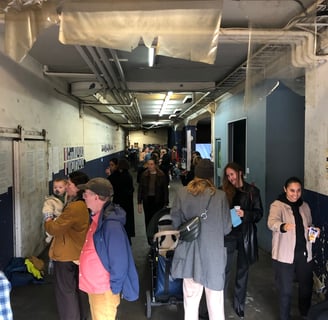
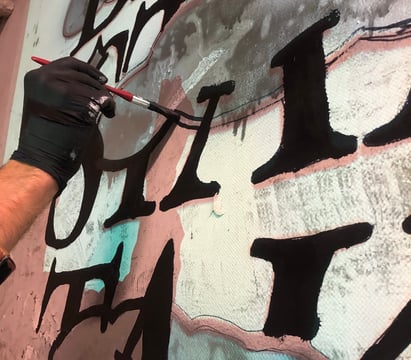


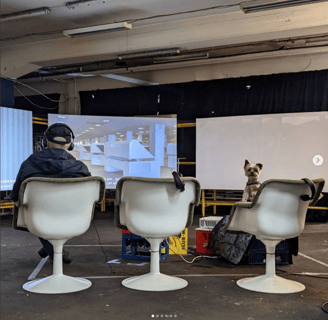
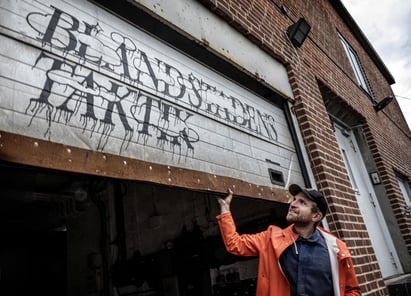

ATLAS OF LOST DOORS/LEVANDE BOTTENVÅNING
Levande Bottenvåning is a photographic archive of a changing urban landscape. Doors that have disappeared, openings that have closed for good, shops turned into private residences and entrances replaced by concrete walls.
Urban environments document their previous uses, former conditions and the decisions that have shaped a city’s future. What stories do they tell? A story about a city that existed before we arrived? A story of another life that could have been lived here, a thriving urban environment that once existed but now is gone.
The city has always been an arena for the exchange of goods, knowledge and ideas. In the past, this exchange often took place directly on the city’s streets and squares. With the introduction of the automobile, the street’s spaces became dominated by traffic. Social and commercial areas moved indoors, often directly adjacent to the street, in the ground floor.
Today, the existence of public ground floors is no longer a given — shopping and social needs have moved online and the walls surrounding urban living environments grow higher and higher. In suburban centers many types of previously public ground floors are being converted into housing, and in the inner city, tenant-owner associations prefer to avoid cumbersome tenants.
When new neighbourhoods are being planned, the importance of creating “active ground floors” is always stressed. Dense environments with varied public offerings and shops on every street corner — echoing the way many parts of our central cities used to look. Once the coveted public ground floor premises are created, the rent is often so high that they end up empty or homes to chain stores and real estate brokers.
To further complicate the situation, we now see an accelerated development where empty storefronts line our city streets as a result of the pandemic as locals flee urban environments for the safe vastness of suburbia. This creates an ever more anonymous and fragmented urban landscape — a situation that urban archaeologists of the future will hold our contemporaries accountable for.
Sydsvenskan
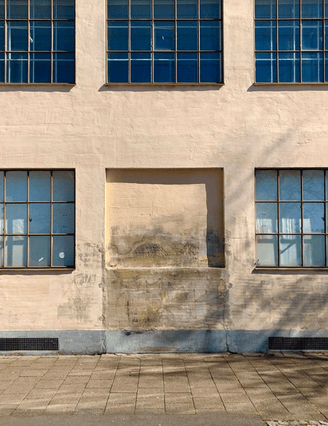


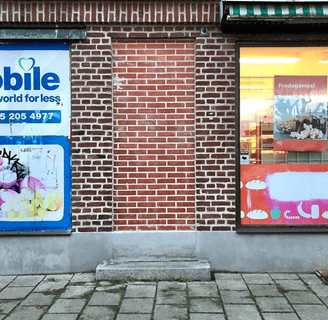
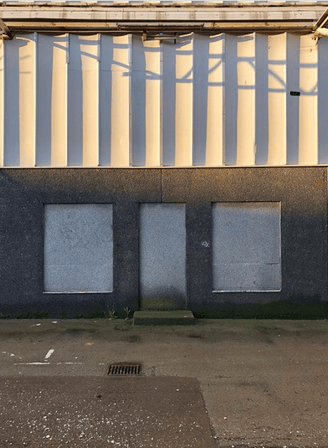

ONLINE ARCHIVE AND EXHIBITION, GALLERI AGU, KIVIKSGATAN, MALMÖ, APRIL-MAY 2021
SÄMJAN INVEST
In 1929, Virginia Woolf’s book “A Room of One’s Own” was published for the first time. In the book, which is based on two lectures held at Cambridge University, Woolf addresses the preconditions for women to develop literary writing. The essay is a central piece of feminist writing, noted in its argument for both a literal and figurative space for women’s writers within a literary tradition dominated by men. In the essay Woolf addresses issues still relevant today, amongst others, the conditions necessary for the creation of works of art.
Over time, the question of the conditions of culture – both economic and spatial – has been widely engaged and addressed by cultural policy, practitioners and other actors. The economic aspects have been at the center of this discussion while the spatial conditions necessary for the creation of art have ironically, by being physical, become less tangible to address. The rooms exist, but in the background of the discourse. In a world that is more urbanized than ever, where cities have become placeholders for capital instead of living habitats for citizens, the spaces of production of culture are slowly becoming extinct.
This project starts here, in the urbanized world, with the question asked by Woolf one hundred years ago: What conditions are necessary for the creation of works of art?
In June 2019, the company Nyfosa enters the Malmö market buying 40 000 sqm of property to a value of SEK 700 million. The company describes themselves as “A transaction intensive opportunistic developer” with the “Objective to develop and refine a growing property portfolio with long-term and high returns”.
One of the buildings they acquire, an old factory located in what 100 years ago used to be the periphery of Malmö, now a hip urban neighborhood, is inhabited by some of the leading independent cultural actors of the region; Malmö Dockteater, Potato Potato Scenkonst and Karavan. Three internationally acknowledged performing art groups, that to their respective stage attract visitors from the city, the region and abroad to more than 150 events, plays and performances per year.
This is a participatory action research project where the process of Sämjan is followed from a now to that when all windows for negotiation are closed. The aim is to map and visualize the trajectory of the transformation process while it’s happening. The development process is actively addressed in a series of interventions in order to challenge the narrative of different possible futures for Sämjan and its artistic community.
The answer is not a given, nor are the results of this project. This will either result in yet another obituary of a place that once produced culture – or – it becomes a documentation of how you practically obstruct your own extinction.
Sydsvenskan
Arkitektur
